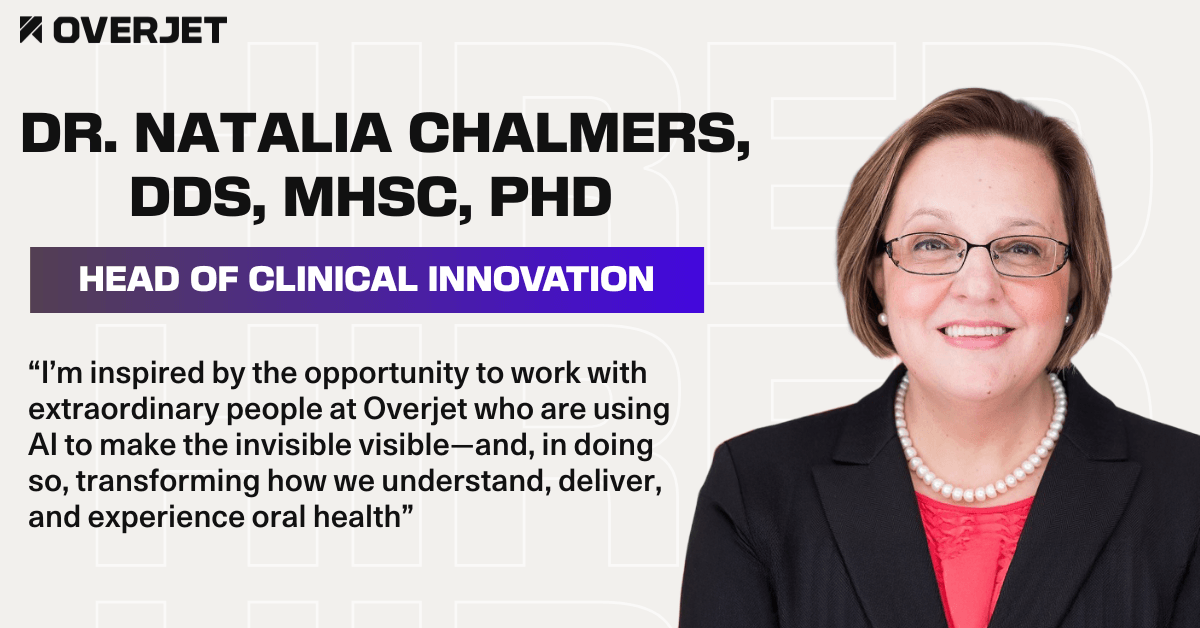Economic tremors ripple across personal and corporate budgets. That raises practical questions about how dentists (like you and/or those in your DSO) can deal with cost increases.
Inflation is nothing new. But that realization doesn’t make it easier to cope with.
What inflation does is force you to be vigilant about your costs, supply purchases, fees, and overall practice management.
Here are our top four strategies for dentists to deal with cost increases, while still providing exceptional care:
Guard your overhead
It’s easy to resort to overhead “management.” But inflationary times call for stronger, more aggressive measures.
No doubt, cost increases are felt. For example, PPE (Personal Protective Equipment) costs were impacted by the COVID-19 pandemic.
Supply chain issues kept costs on the bubble. Some reductions occurred, but you should be prepared if they remain on the higher end going forward.
Like others, you can raise your fees to offset supply cost increases. There are also other ways to “guard” your overhead during tight financial periods.
Avoid supply “hoarding.” A large inventory can feel more secure but the bulk costs alongside delayed use can affect your revenue stream.
Ask your supply-manager to hunt for cost-saving deals on certain dental supplies.
Evaluate your supply needs on a bi-weekly basis and purchase what’s necessary instead of making in-the-moment decisions.
Get strategic with your patient care
You’re perhaps accustomed to maximizing your schedule’s production blocks. During seasons of inflation, it’s a good idea to consider the bigger picture.
For example, a maximized production block considers what dentistry can be completed during a single visit (patient willing and team available, of course). Each dental appointment (short or long) requires costly PPE, production time, and team resources.
The same strategic focus could be applied to treatment planning protocols. Greater diligence around scheduled and unscheduled treatment relies on pulling patient reports relative to a patient’s treatment need and schedule status.
Fees are another area where strategy pays.
How long has it been since you’ve raised your fees?
What is insurance paying for services in your area?
These fee related questions can help you and your business team coordinate the timing and amount of a fee increase.
By consistently evaluating your patient care strategies, you’ll ensure you’re prepared for lean financial seasons.
Give your team breathing room
Financial tension can cause team members to hold their breath. Fear of layoffs, cut-backs, pay-cuts, and more creates a negative vibe in your dental practice culture.
It’s essential that your team understands the financial realities. Even so, they can feel more empowered when you allow them to share in revenue management.
Train them to see their role(s) as part of the bigger picture. Patient communication, scheduling, follow-up, appointment pacing, etc contributes to the practice’s bottom line.
Cross-train team members so efficiency gaps are covered when staffing, illness, or personal time impacts daily workflows.
Appreciate team members who go above-and-beyond. And affirm every team member for their contribution to practice growth, success, and resource management.
Gain an advantage through technology
Innovations such as AI (artificial intelligence) can increase efficiency. Task and workflow automation is a core benefit of AI technology.
Automate billing, insurance verification, and related communication.
Automate patient communication processes like treatment follow-up and appointment reminders to reduce no-shows and cancellations.
Automate data analysis to improve reporting and updates to patient records.
The practical applications of AI within dentistry can carry some of the burden caused by inflation.






